I am trying to power two USB 3 cameras off 24V, so I can power a LED circuit at the same time, instead of 5V and basically put a 5V regulator at each camera side. I am wondering if there were a good way to do this or I would just have to power it from the USB port.
- Left the 5V from the USB host device floating and connected the grounds together
- Both the device and computer are powered from the same 24V power supply
- The system works at USB 3 without dropping frames when one camera is plugged in, but drops a bunch of frames when two are plugged in
- Plugging both cameras in directly with a USB 3 cable works fine
- The SBC is powered off the same 24V as the USB3 camera
- The two 4-layer PCBs are designed to have a 90 ohm differential impedance, but not impedance controlled
- The connectors are made for USB 3 speeds
- Never tested the loss of the entire path
- System works at full bandwidth with a single powered camera setup when the SBC is replaced with a floating laptop
Thank you
